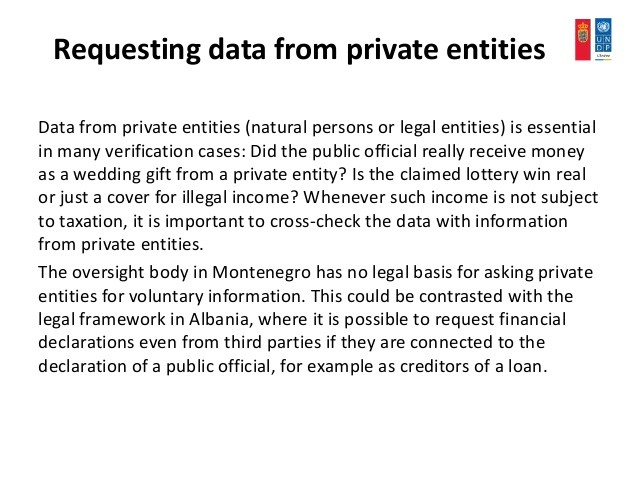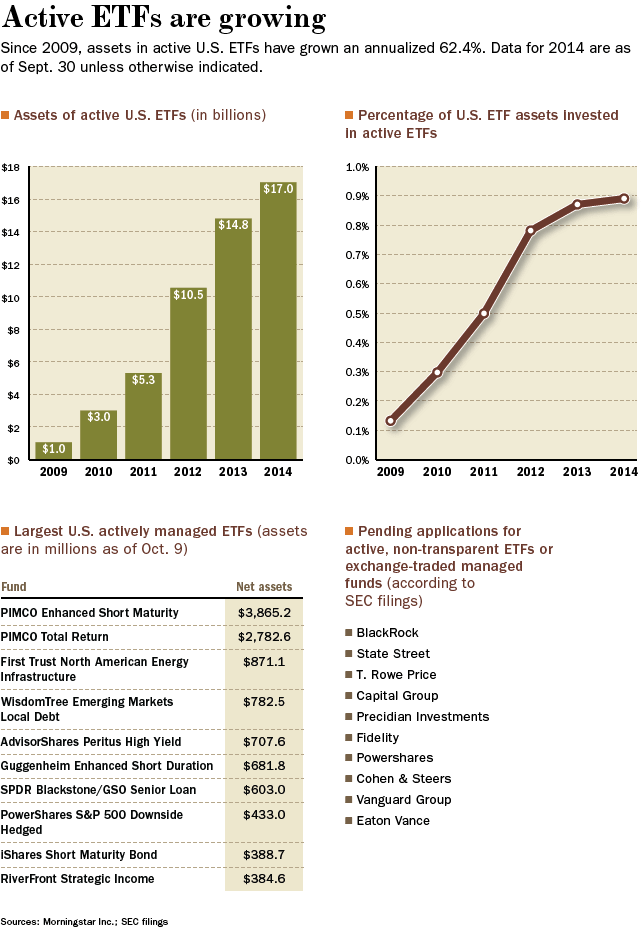Money market funds await new rules
Post on: 16 Март, 2015 No Comment

By Laura Bruce • Bankrate.com
Money market funds are in the spotlight these days as the Treasury Department’s Temporary Guarantee Program for Money Market Funds expires Friday and as the Securities and Exchange Commission mulls changes aimed at helping money funds withstand the kind of turmoil that caused the Reserve Primary Fund to collapse.
The SEC’s proposals for money market fund reform have elicited positive and negative feedback from industry participants. The push for changes came after the Reserve Primary Fund broke the buck and let its net asset value, or NAV, fall below $1 per share. The fund had to deal with a tidal wave of shareholders who wanted their money out of the fund upon learning that it held millions of dollars worth of commercial paper issued by Lehman Brothers, which was collapsing.
The share price of the fund slipped to 97 cents that day in mid-September 2008. Over the course of the past year, shareholders have received considerably more through asset distributions. In a recent news release, The Reserve said shareholders may end up with 99 cents per share.
Peter Crane, president and publisher of Crane Data and the newsletter Money Fund Intelligence, says the urgency for drastic change has passed.
The further you get away from Reserve Primary Fund without another fund having an issue of breaking the buck, the more it seems like an outlier. Recent news has nothing to do with the SEC or the expiration of the insurance, it has to do with Reserve coming out and saying investors are probably going to end up losing a penny. If that’s the case it’s going to make a lot of the people who were in on the flight to safety feel like fools. All of this Sturm und Drang was over a penny.
Nevertheless, changes are coming and while investors may appreciate whatever additional safety they may add to money funds, they may not appreciate the lower yields that may result.
One proposal that could reduce yield is to reduce the weighted average maturity, or WAM, of the securities held by funds to 60 days from the current 90 days. The SEC says securities with shorter maturities would reduce volatility and increase the likelihood that the fund could maintain a stable share price.
The SEC has said this and other liquidity proposals could reduce yield by 2 to 4 basis points. Mutual fund giant Fidelity, in a letter to the SEC, says the impact could be 2 to 4 basis points for retail funds, but 15 to 20 basis points for institutional funds. Individual investors could be affected by lower yields if they personally invest in money market funds, or if their 401(k) s or corporate pension plans invest in institutional funds.
Fidelity says it believes that the current 90 days is appropriate. Vanguard, another mutual fund behemoth, and Peter Crane suggested to the SEC that it reduce the WAM to 75 days. Crane says that a survey of Money Fund Intelligence subscribers rated reducing the WAM to 60 days as the most harmful of the proposals.
Another proposal that’s been the subject of heated debate would allow funds to only invest in so-called first tier securities — securities with the highest short-term debt ratings. The SEC says second-tier securities present substantially more risk than first tier. Some funds say that there are second tier securities that represent minimal risk and are appropriate.
But perhaps no issue has garnered as much attention as the idea of a floating NAV versus the stable $1 NAV. Money fund investors have long enjoyed the virtually 100 percent certainty that they’ll get a dollar out for every dollar they put into a money fund. But the SEC says the stable $1 NAV creates certain risks for funds and investors and questions whether a floating NAV might be better. By the same token, the commission states that it realizes the negative impact the change could have on the industry.

The issue isn’t on the list of proposals, but the SEC asked industry participants to comment on the idea anyway. The response was almost universally negative. Most fund companies believe investors would flee in droves, depositing their money elsewhere.
But Deutsche Asset Management, the investment arm of Deutsche Bank, was one respondent that suggested the SEC consider enabling fund companies to offer stable NAV and floating NAV money funds. In a letter to the SEC, the firm states that such funds should be based on a daily mark-to-market pricing with a starting price of $10 per share. Among other things, Deutsche says it would help to ensure pricing transparency. The company is planning to launch an institutional floating NAV money fund.
Crane, who likens a floating NAV fund to an ultrashort-term bond fund, says he doesn’t think investors need to worry about the SEC making such a drastic change any time soon.
They certainly want to look at whether there’s a better model. But it was downplayed and it may just be that they’re looking for an exit strategy. They talked about floating rate before so they have to mention it. In effect they’re going to let the comment letters kill it and say we wash our hands of this matter, says Crane.
The SEC will likely determine by the end of year which proposals will become rules.
Create a news alert for investing














